Lavatory Luxury: Images of an 1850s Bathroom
Indoor Plumbing
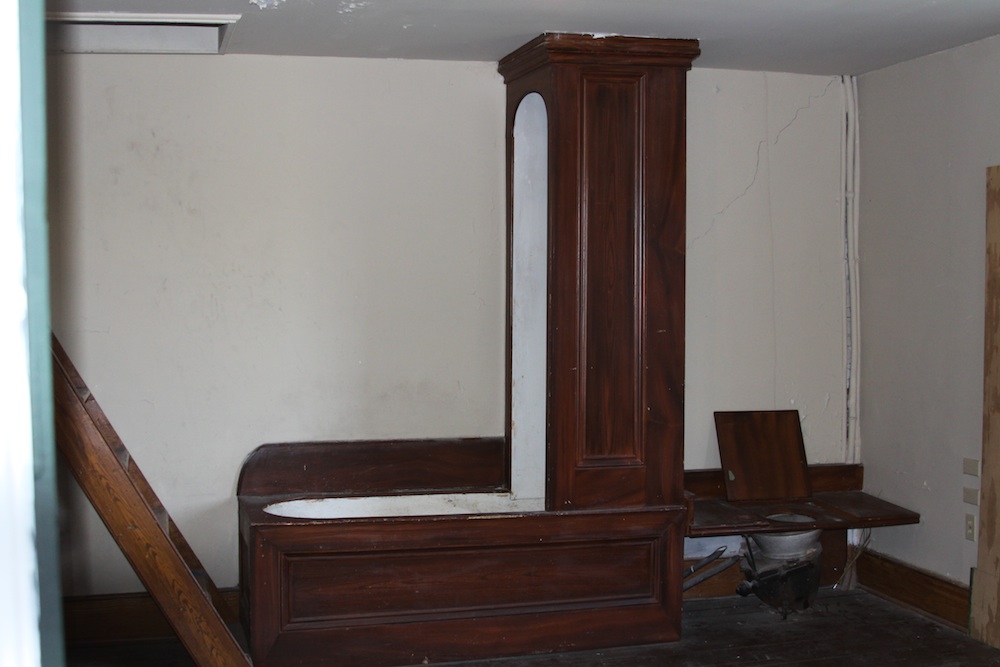
An 1850s bathroom that has survived more than 150 years in the Dunleith Historical Inn in Natchez, Miss. The bathtub, shower and toilet are all part of the same piece of wooden furniture.
1850s Toilet
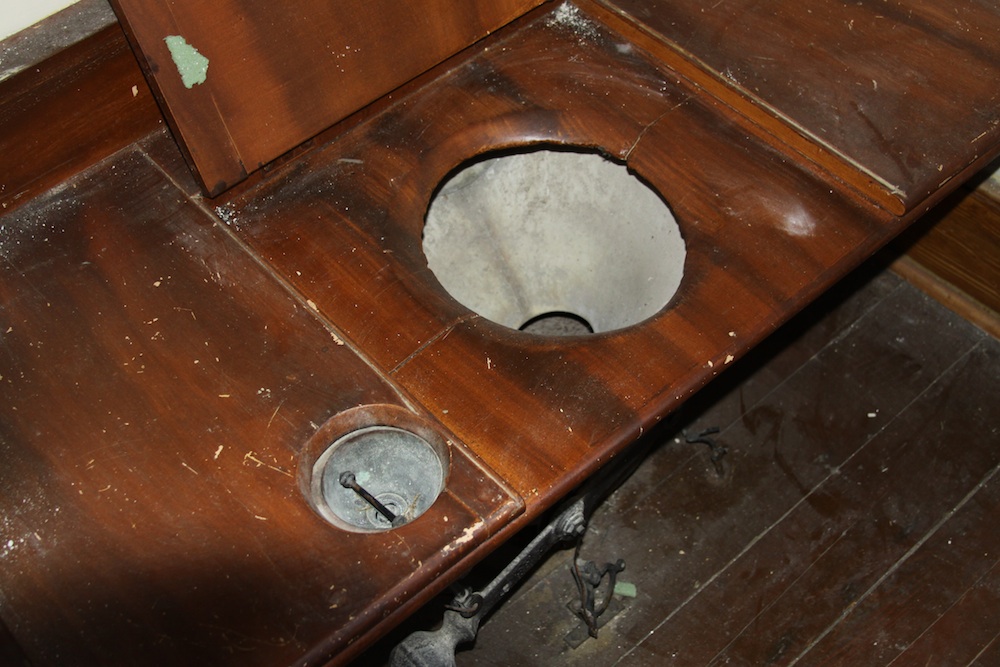
Pipes pumped water from the first-floor laundry to the attic, where the water stayed stored in large cisterns. Opening the faucets or yanking the toilet handle (on left) would allow the water to flow down into the bathroom fixtures. Waste would have been carried out of the pipes into a primitive septic system.
Simple Showerhead
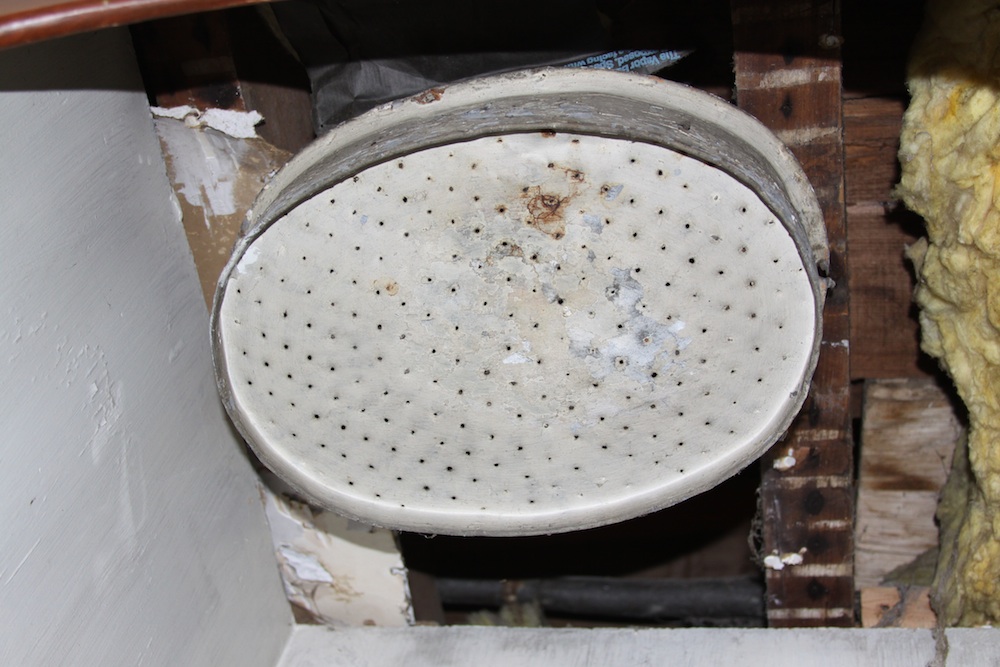
The large showerhead would have created a rain-like effect, not unlike today's luxury showers. Hot water would have been available, thanks to the fires burning in the laundry room below.
Old Toilet
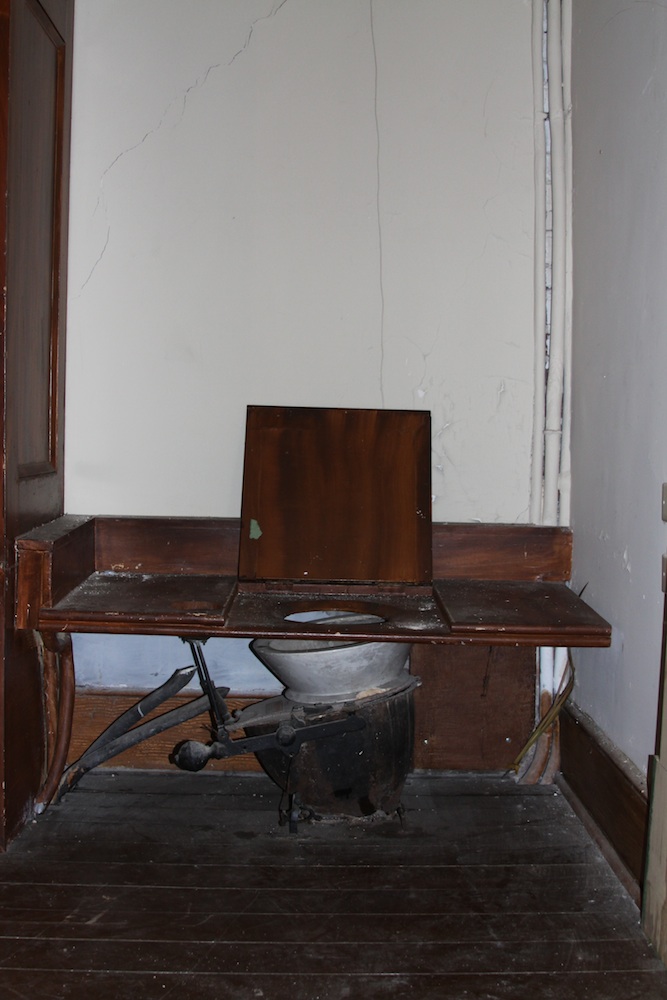
Though the bathroom survived, it has likely not been used since the early 1900s. For the last 10 years, the room has been used for storage. Now, the Dunleith Historical Inn has donated the fixtures to the National Park Service so the fixtures can be installed in another mansion for public viewing.
Removing the Shower
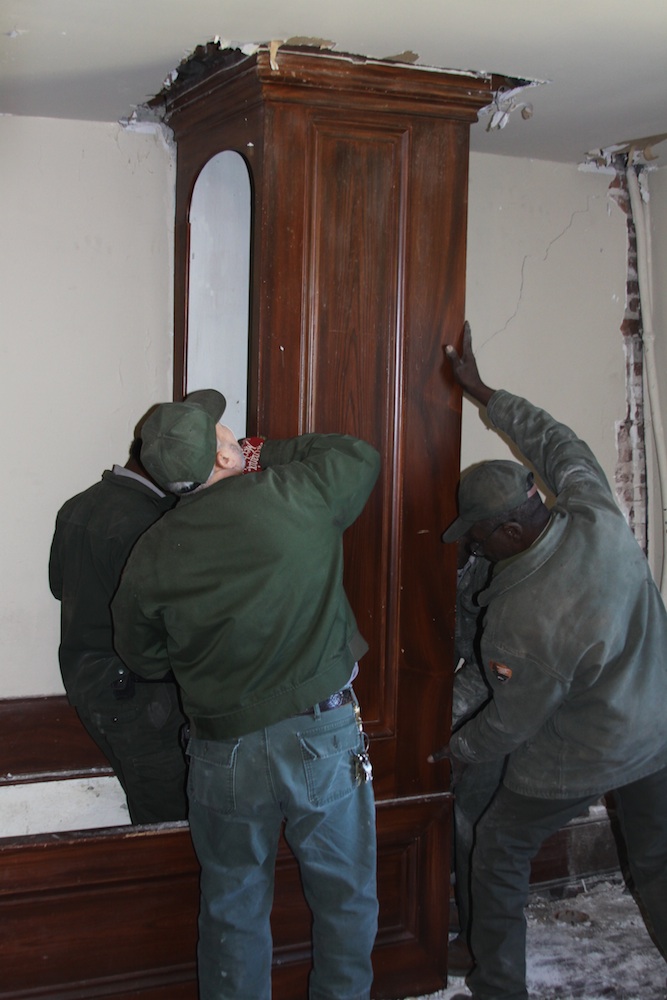
Removing the large, heavy fixtures from the cramped third-floor bathroom was difficult.
Removing the Cistern
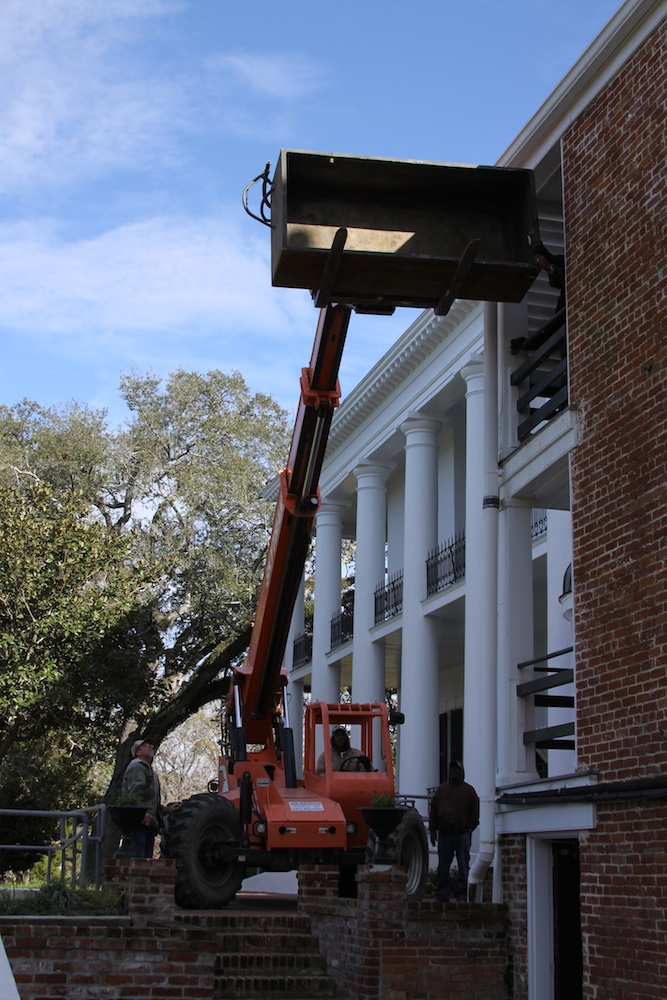
Perhaps the biggest challenge was getting the 400-pound zinc-lined storage cistern for the shower and bathwater out of the attic. Construction crews had to build a special ramp and use a forklift to slide the tank out.
Shower

A close-up look at the 1850s shower. Only the wealthiest families had indoor bathrooms in this era. The Dunleith bathroom was installed in 1959, only a few years after the White House got running water to its residential bathroom.
Sign up for the Live Science daily newsletter now
Get the world’s most fascinating discoveries delivered straight to your inbox.
Bathtub Removal
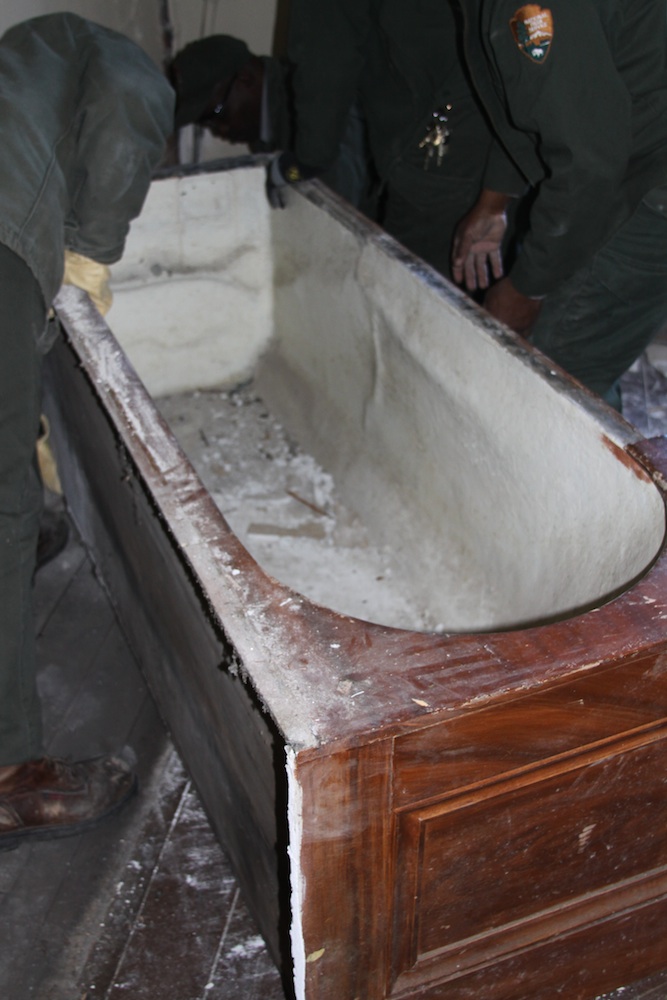
Park Service employees uninstall the bathtub from the spot where it has been for more than 150 years.
Moving a Bathroom
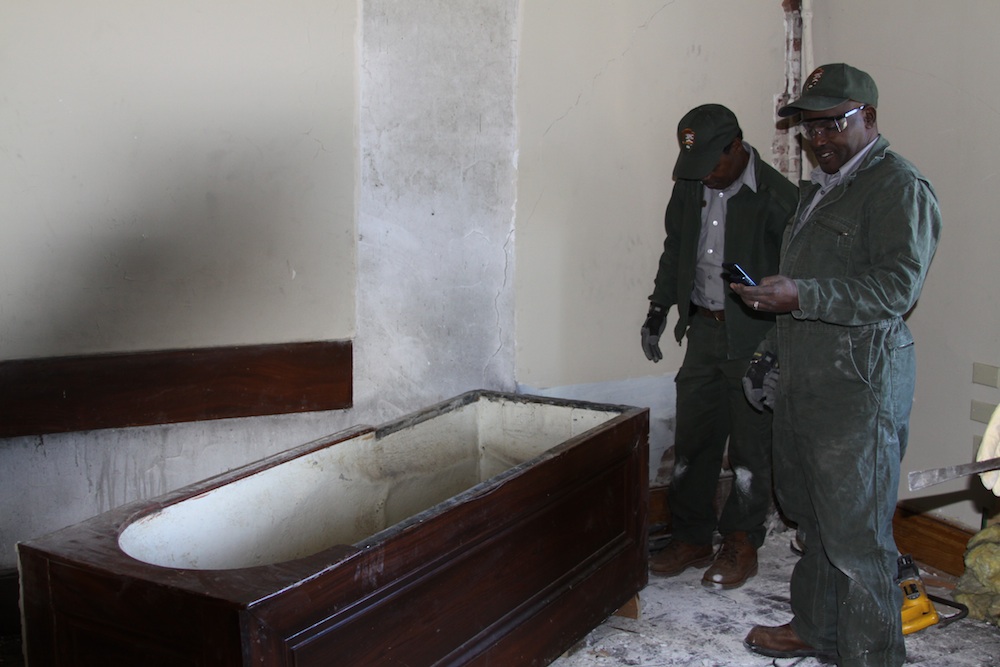
The fixtures will now be installed in a nearby mansion called Melrose, which dates to the same antebellum era as Dunleith.

Stephanie Pappas is a contributing writer for Live Science, covering topics ranging from geoscience to archaeology to the human brain and behavior. She was previously a senior writer for Live Science but is now a freelancer based in Denver, Colorado, and regularly contributes to Scientific American and The Monitor, the monthly magazine of the American Psychological Association. Stephanie received a bachelor's degree in psychology from the University of South Carolina and a graduate certificate in science communication from the University of California, Santa Cruz.










